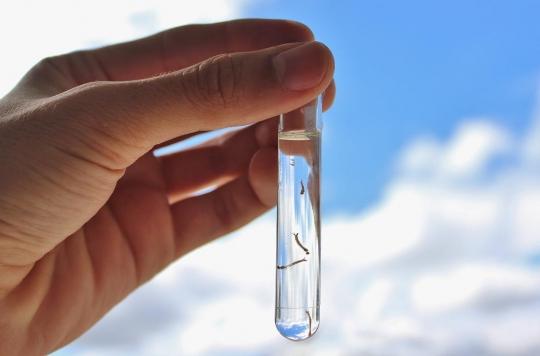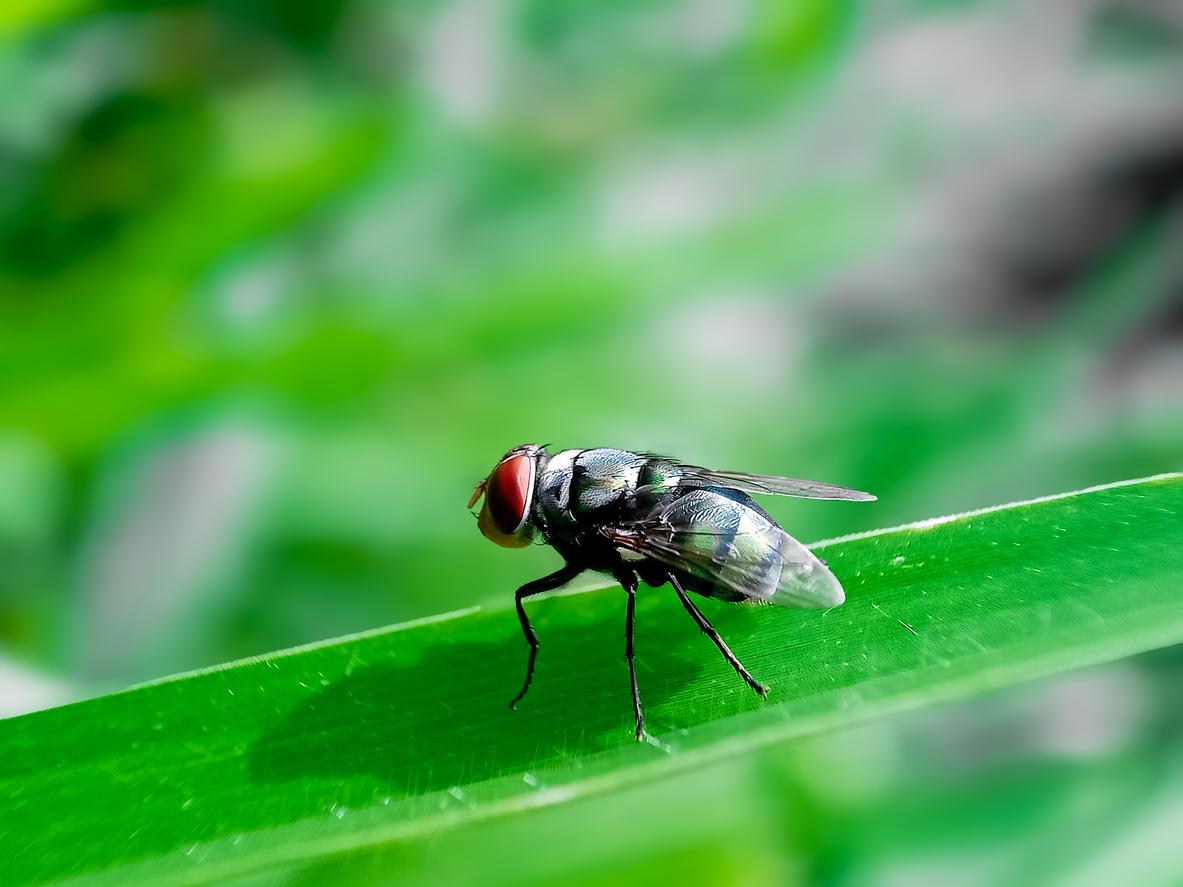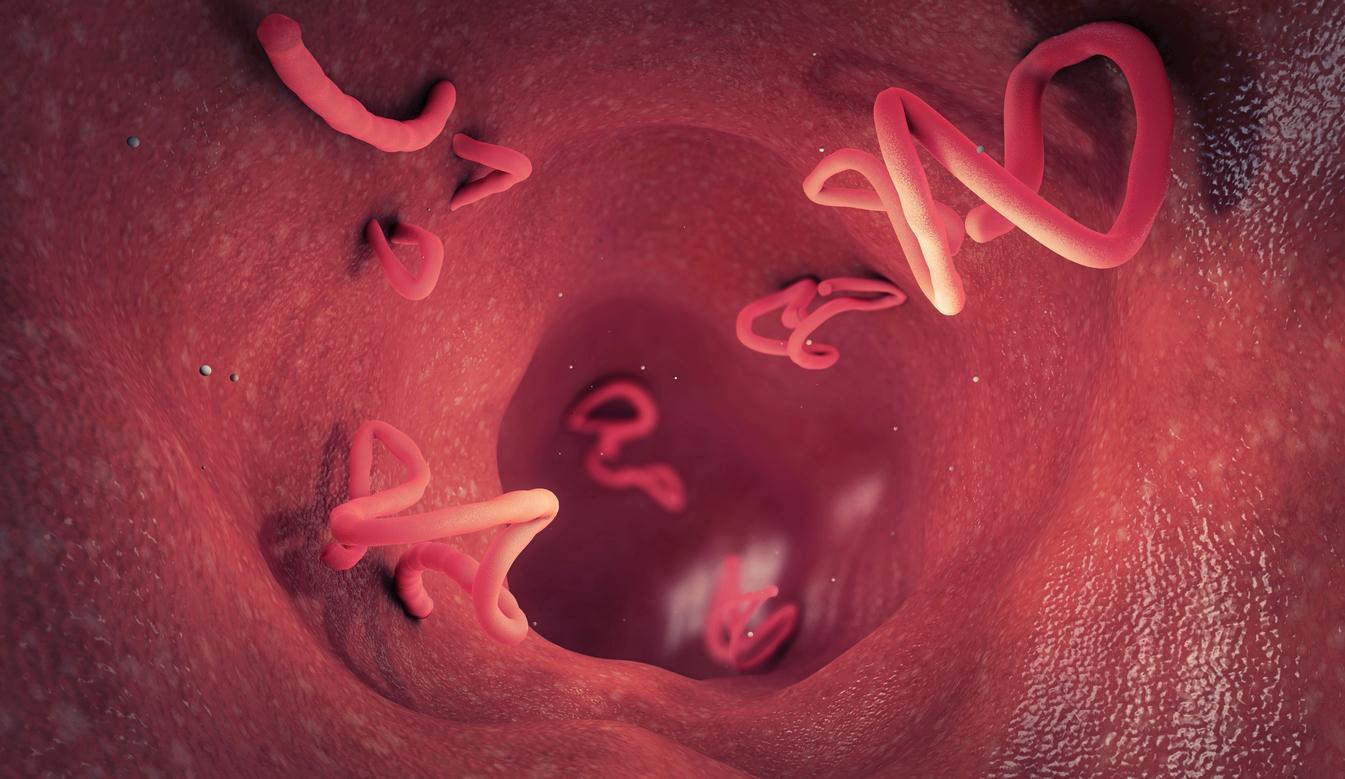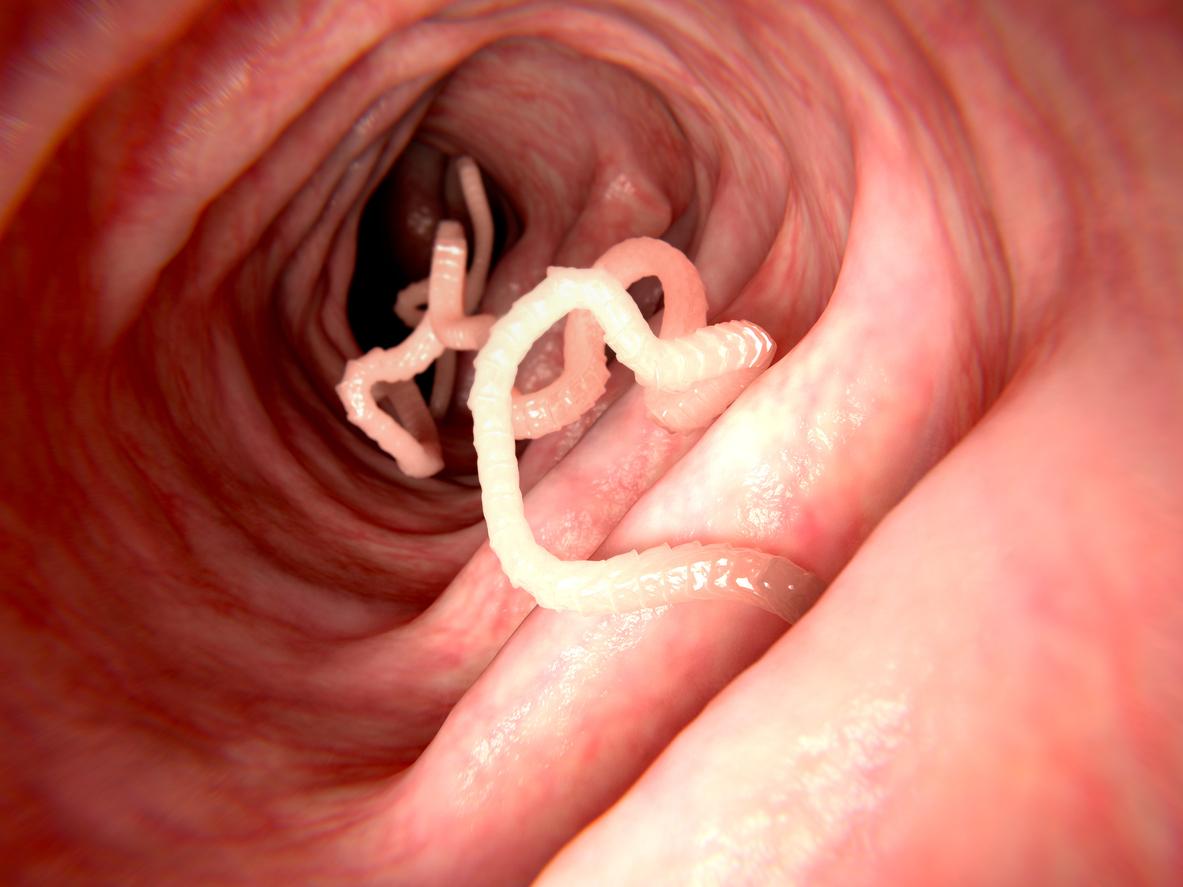Earlier this month, a man was hospitalized in Hanoi, Vietnam with abscesses on his hands and feet. He turned out to have been infected with a parasitic worm previously observed only in Africa.

- In Vietnam, a man hospitalized for abscesses on his feet suffered from dracunculiasis.
- This disease caused by a parasitic worm, very widespread in Africa until the 1980s, was hitherto unknown in Asia.
It’s a spine-chilling story, reported by the site Futura Sciences. A 23-year-old man from Yen Bai province in northern Vietnam was admitted to the National Hospital for Tropical Diseases in Hanoi in early June with massive abscesses on his hands, feet, arms and legs. Also suffering from fatigue and pain, he turned out to have been infected with a parasitic worm hitherto unknown in Vietnam.
Dracunculiasis, an almost extinct disease
Known as Dracunculus medinensis, this parasite is a long, threadlike worm that can reach up to 100 cm in length. Exclusively transmitted by ingesting water contaminated by parasitized water fleas, it is responsible for a disease called dracunculiasis or “guinea worm disease”. Rarely fatal according to the World Health Organization (WHO), but very debilitating, it mainly affects populations of poor and isolated rural communities for whom drinking water comes from undeveloped surface water points such as ponds.
While in the 1980s, the number of cases of dracunculiasis in the world was estimated at 3.5 million, distributed in 20 countries, only about thirty were identified in 2017: 15 in Ethiopia and 15 in Chad.
No vaccine or treatment
This Vietnamese case is therefore exceptional because so far, no worm Dracunculus medinensis had not been spotted there. According to a statement from the hospital, the patient regularly ate live fish and crabs, which were probably contaminated with larvae of the parasitic worm.
The man had probably been contaminated for 10 to 14 months: this is the incubation period necessary for abscesses in the leg to form and for one or more worms which have developed in his intestine to emerge from the skin.
To date, there is no vaccine or drug treatment for dracunculiasis. However, the man was cured by administering an anthelmintic which targeted the worms, which were then removed one by one from the wounds. As for the source of water where the man drank, it will be the subject of analyzes to detect the presence of worm larvae Dracunculus medinensis.
.

















